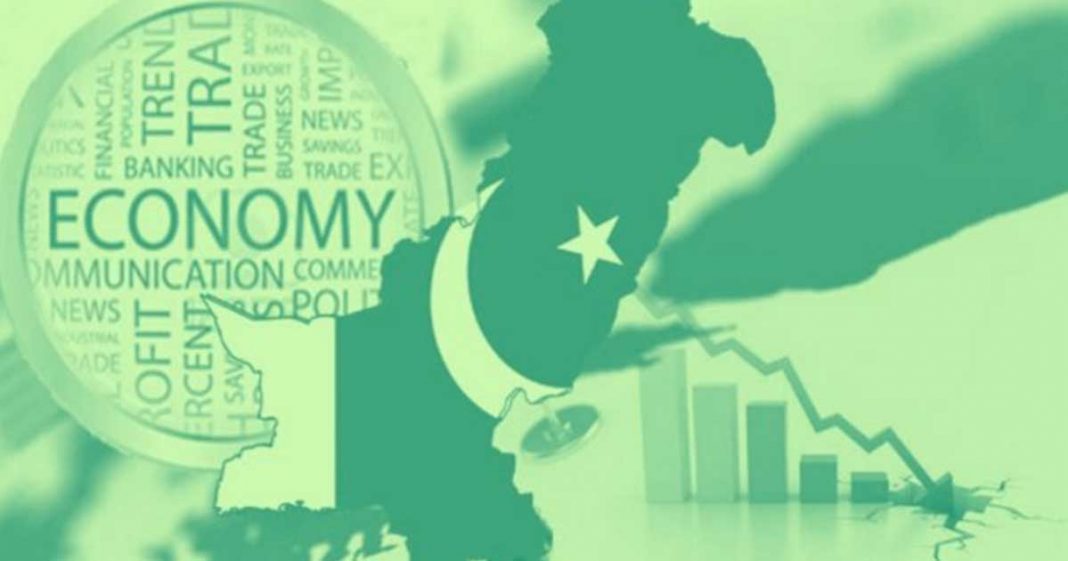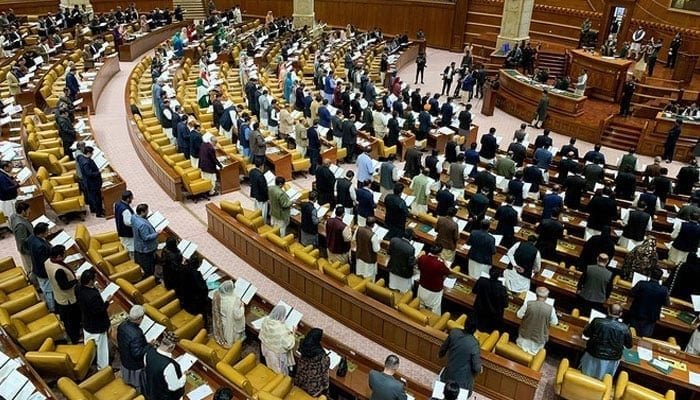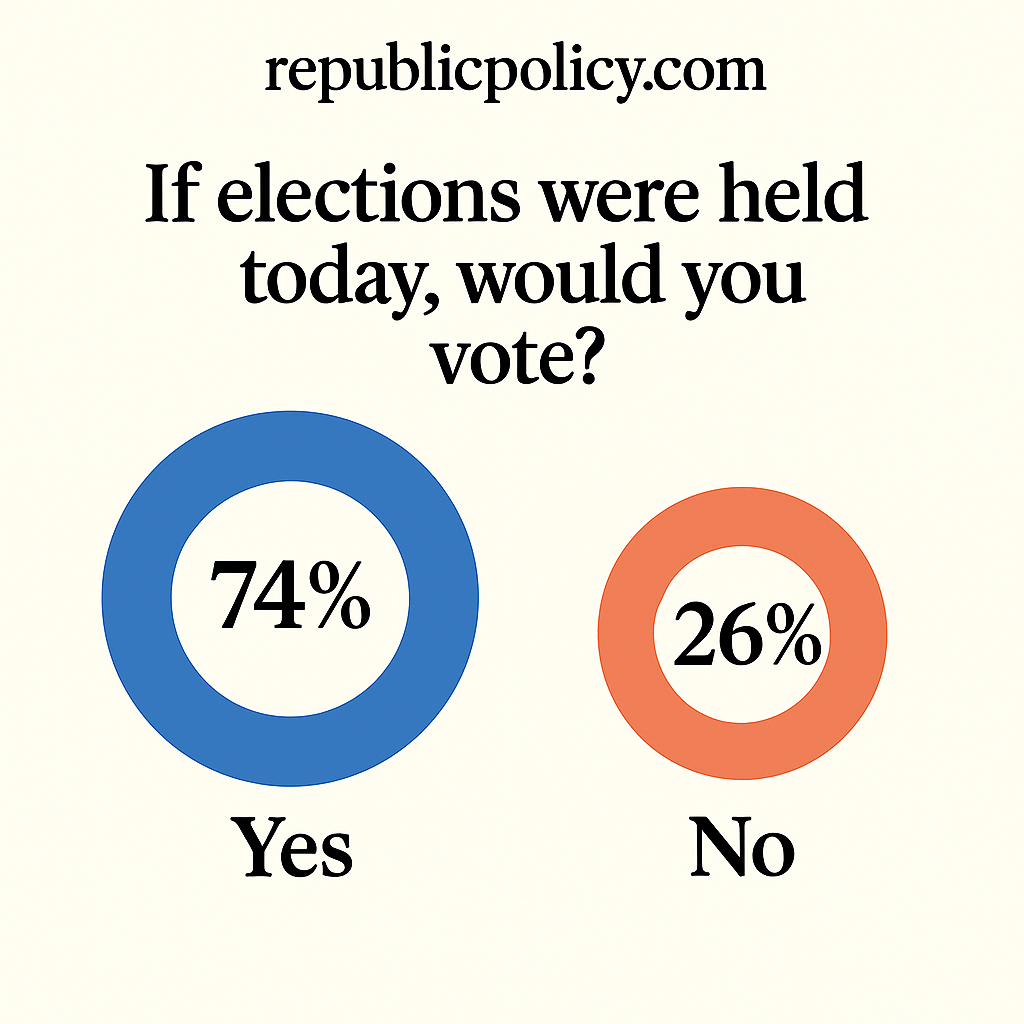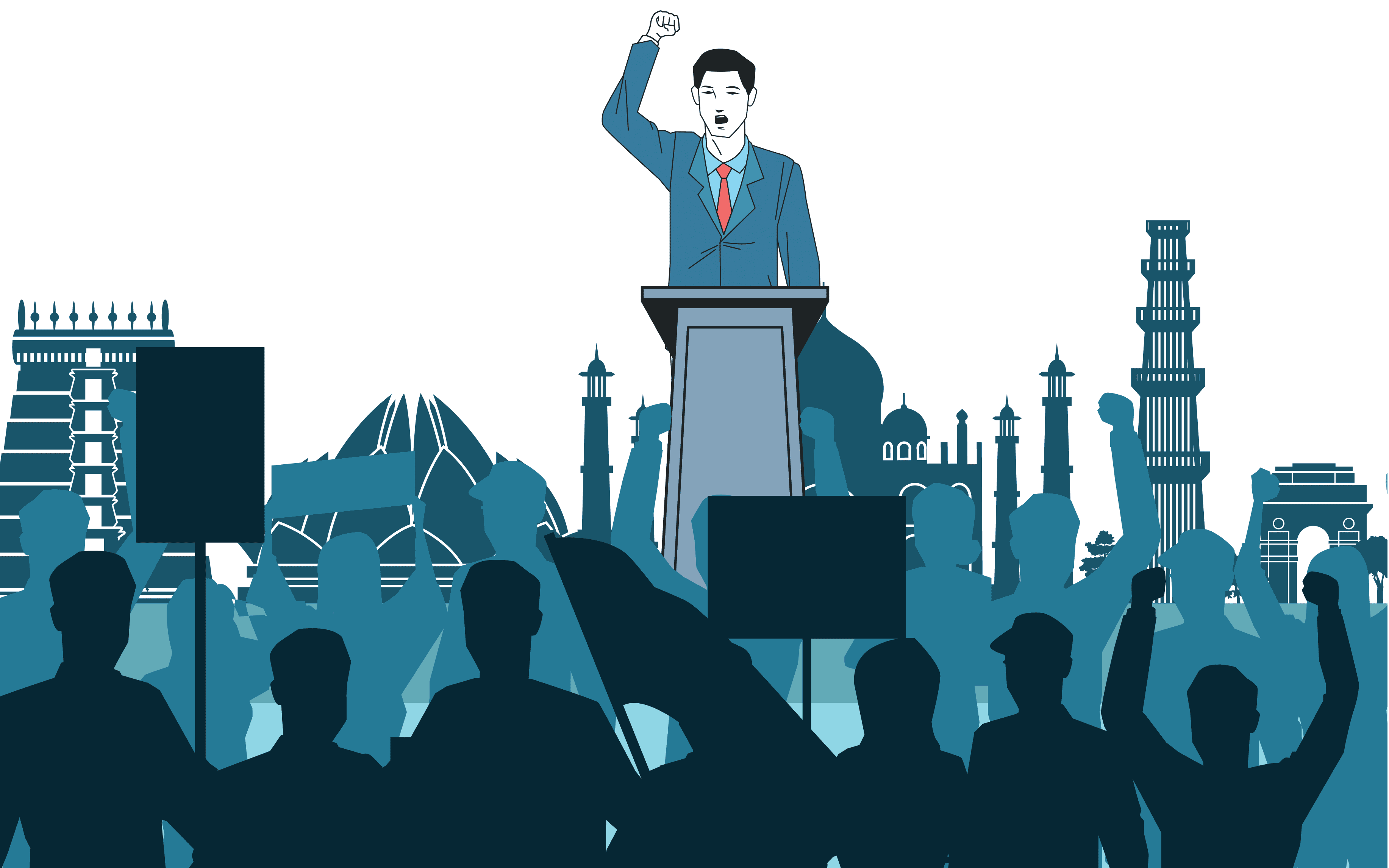Zafar Iqbal
Pakistan is facing a severe economic crisis that has been exacerbated by the COVID-19 pandemic, the floods of 2022, the global commodity price shocks, and the political instability. The country’s GDP is estimated to have contracted by 0.6 percent in FY23, after two consecutive years of high growth. The fiscal deficit, the current account deficit, the inflation rate, and the public debt have all increased to unsustainable levels, while the foreign exchange reserves have declined to dangerously low levels. The country’s access to international capital markets has been curtailed by the loss of confidence and the tightening of global liquidity conditions. The poverty rate has also increased due to the erosion of real incomes and the deterioration of labor market conditions.
To overcome the economic crisis, Pakistan needs to implement a comprehensive and sustained reform agenda that can restore macroeconomic stability, improve competitiveness, and foster inclusive growth. The approval of the IMF Stand-By Arrangement (SBA) in July 2023 has provided some relief and averted a balance of payments crisis, but it also requires the government to adhere to a strict set of policy conditions and structural benchmarks. The key elements of the reform agenda include: maintaining a flexible exchange rate and an appropriate monetary policy stance to control inflation and preserve external buffers; increasing revenues and rationalizing expenditures, especially by reducing untargeted energy subsidies; and implementing trade and private sector reforms to enhance productivity, investment, and exports.
The economic outlook for Pakistan is contingent on the successful implementation of the reform agenda and the availability of adequate external financing. If the government can demonstrate strong political ownership and commitment to the reforms, and secure the necessary support from the international community, the economy could gradually recover in the medium term and achieve higher and more sustainable growth. However, the risks to the outlook are exceptionally high, and any policy slippage, financial sector instability, or social unrest could derail the reform process and trigger a deeper economic crisis.
Please, subscribe to the magazines of republicpolicy.com
Pakistan’s political and economic situation is a complex interplay of multiple factors, making it difficult to predict with certainty whether the country has reached the bottom of its current challenges or is poised for a rebound. The nation’s political history is marked by periods of both stability and instability, suggesting that the possibility of improvement exists.
Several recent developments have raised hopes for a brighter future. The announcement of elections in February 2023 is seen as a crucial step towards political stability, which in turn is essential for economic recovery. The IMF’s approval of a $3 billion bailout package and Saudi Arabia’s rollover of a $3 billion loan have also provided much-needed financial support.
These positive developments have boosted investor confidence, leading to a surge in the stock market and prospects of increased foreign investment. Pakistan has also signed several agreements and MOUs with Kuwait and the UAE, aimed at attracting investment in various sectors.
The Overseas Investors Chamber of Commerce and Industry (OICCI) ‘s recent Business Confidence Index (BCI) Survey further supports the notion of improving business sentiment. The survey found a seven percent overall improvement in business confidence compared to the previous wave.
While these indicators suggest a promising outlook, it is important to recognize that they are perception-based. The stock market is susceptible to fluctuations based on news and sentiment, and the realization of MOUs into concrete investments is subject to various factors, including business risk assessments and return on investment expectations.
Beyond these positive indicators, Pakistan faces several complex challenges that require attention to ensure long-term stability and economic revival. These include effective state governance, improved foreign diplomacy, comprehensive economic reforms, increased investments, infrastructure development, and enhanced social welfare programs.
The way forward for Pakistan is clear: timely elections and the formation of a new government that takes ownership of the country’s economic revival and political harmony. Failure to achieve these goals could lead to further instability and setbacks.
Please, subscribe to the YouTube channel of republicpolicy.com














